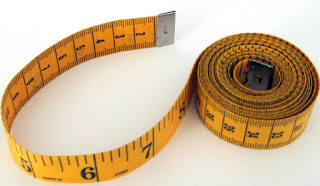A.C generator
In direct current (DC), the electric charge (current) only flows in one direction. Electric charge in alternating current (AC), on the other hand, changes direction periodically. The voltage in AC circuits also periodically reverses because the current changes direction.
• The coil is made of insulated copper wire and is rotated by turning the shaft. The slip rings are fixed to the coil and
rotate with it. The brushes are 2 contacts which rub against the slip rings and keep the coil connected to the outside
part of the circuit, usually made of carbon. When the coil is rotated, it cuts magnetic field lines, so an EMF is generated,
which makes a current flow. Each side of the coil travels upwards then downwards then upwards etc. so the current
flows backwards then forwards then backwards etc. so it is an alternating current. The current is maximum when the
coil is horizontal since field lines are being cut at the fastest rate and 0 when the coil is vertical, since it is cutting NO
field lines. The EMF can be increased by:
-increasing the number of turns on the coil
-increasing the area of the coil
-using a stronger magnet
-rotating the coil faster
Transformer
AC currents (only, not DC) can be increased or decreased by using a transformer. A transformer is made of a
primary/input coil, a secondary/output coil and an iron core. The iron core gets magnetised by the incoming
current. This magnetism then creates a current in the leaving wire. The power is the same on both sides (since we
assume 100% efficiency and that all the field lines pass through both coils). You can figure out the number of coils and
the voltage with:
Output voltage / Input voltage = Turns on output coil / Turns on input coil
V2 /V1 =n2 /n1
Input voltage × input current = output voltage × output current
V1×I1 =V2 ×I2
Power1 = Power2
A transformer works by mutual induction. As you saw before, an EMF (and current) can be induced by moving a
magnetic field. A changing magnetic field can have the same effect. Turning an electromagnet next to a coil on or off
will induce a very short-lasting EMF in the coil, but leaving the electromagnet on will not, since the magnetic field is not
changing. Switching the electromagnet off will induce an EMF in the opposite direction of switching it on. The EMF can
be increased if the core of the electromagnet goes right though the second coil or increasing the number of coils in the
second coil. An alternating current in a transformer’s primary coil creates an alternating magnetic field in the core and
therefore in the second coil. The alternating magnetic field creates an alternating voltage in the second coil.
A step-up transformer increases the voltage and a step-down
transformer decreases it.
• Transformers are used to make high voltage AC currents. Since
power lost in a resistor = R × I2, having a lower current will decrease
the power loss. Since transmission cables are many kilometres long
they have a lot of resistance, so a transformer is used to increase
the voltage and decrease the current to decease power lost.
•The advantages of high-voltage transmission:
-less power lost
-thinner, light, and cheaper cables can be used since current is
reduced






Comments